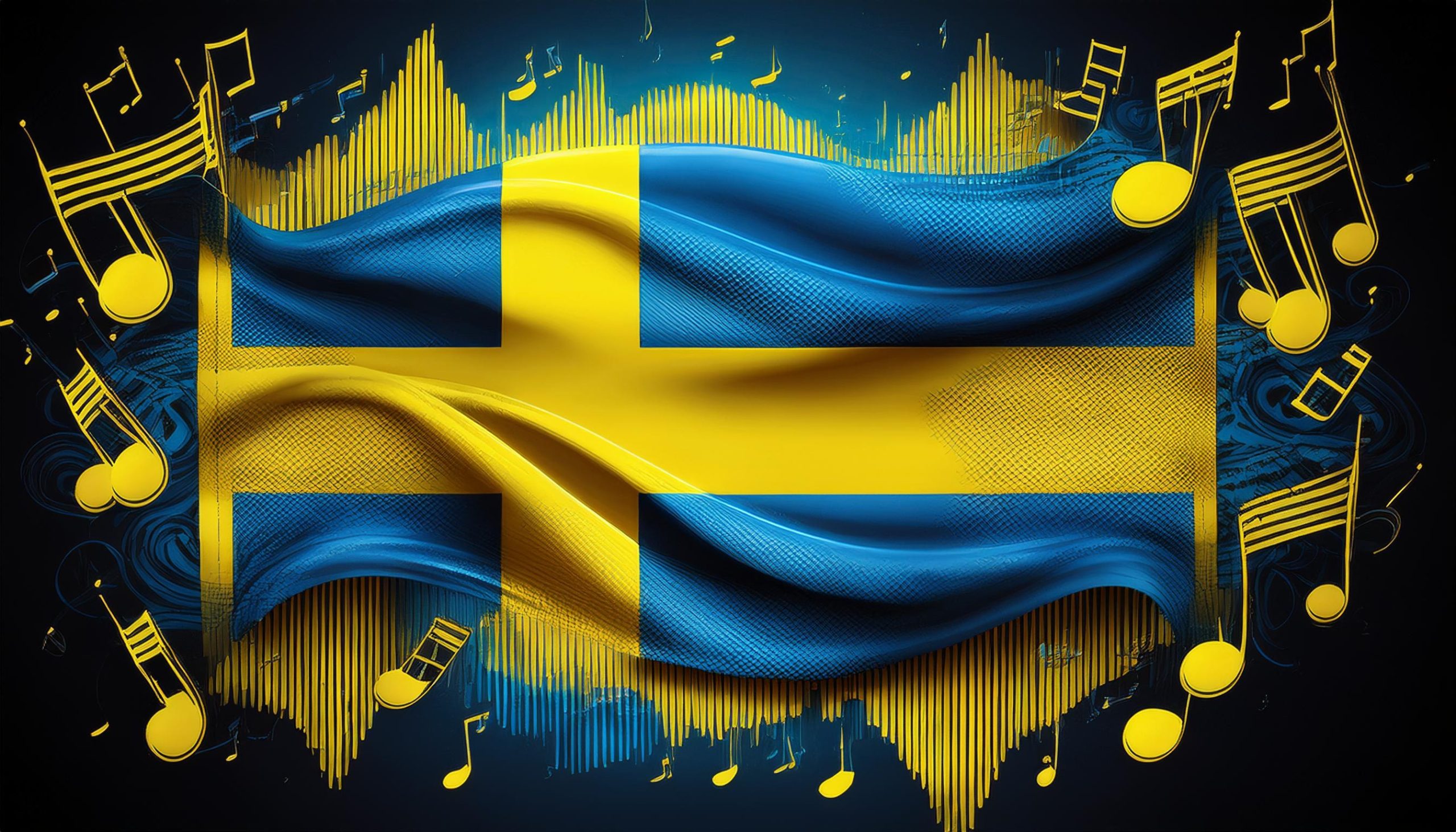
The Swedish Language
The Swedish language or “Svenska,” is the official language of Sweden and parts of Finland, where it’s also an official language.
Spoken by nearly 10 million people, Swedish has a rich history rooted in the North Germanic branch of the Indo-European language family, closely related to languages like Danish, Norwegian, and German.
Over time, Swedish has absorbed influences from these languages and French, creating a unique linguistic blend.
The Swedish language uses the Latin script, including special characters like å, ä, and ö, which give Swedish words their distinctive look and sound.
The Swedish Accent
The Swedish accent is one of the most recognizable in the world due to its melodic and musical qualities, which are easy to recognize.
It is sort of a tonal language, because Swedish relies heavily on pitch to convey meaning. For example, the meaning of a word can change depending on the pitch and emphasis on the first or second syllable.
One funny example often used to explain this is how the sentence “Den heliga anden.” can either mean “The holy spirit” or “The holy duck.” Depending on where you out the lower pitch syllable. If its the second, the meaning will be “The holy duck” and vice versa.
This pitch system affects how Swedes speak other languages, including English. It is essential to understand where the Swedish Accent actually comes from and why Swedes have this melodic, song-like quality.
Even though the Swedish accent may sound unique, it’s generally very easy to understand, particularly because most Swedes speak English fluently as a second language and are highly proficient in English.
You can find many YouTube videos exploring the Swedish accent, and they often highlight this musicality:
Using Swedish Accent Voiceovers In Marketing
Incorporating a Swedish accent into your marketing materials can be a powerful way to associate your brand with Scandinavia’s positive qualities, such as innovation, simplicity, and quality.
Swedish voices can help create voiceovers that resonate with audiences by evoking a sense of trust and authenticity. Whether you’re producing a video, podcast, or audiobook, a custom voice with a Swedish accent can set the right mood and make your content more engaging.
It can also strengthen your brand’s connection to Scandinavia, a region often associated with modernity and sustainability. It’s a way of subtly communicating these values, making your marketing efforts more effective in reaching an international audience.
Pronunciation
Swedish pronunciation is known for its precision, which sets it apart from languages like English, where consonants can sometimes be softened.
In Swedish speech, each sound is articulated clearly, making the language especially suited for voiceovers where clarity is key.
Swedish speech also has a distinct rhythm, influenced by the tonal nature of the language. This rhythm carries over when Swedes speak English, giving the accent its charm.
One interesting aspect of Swedish pronunciation is how Swedes often pronounce the “W” sound as “V,” which can lead to unique and memorable pronunciations, such as “wideo” instead of “video.”
This can also lead to some confusion, so when I make Swedish accent voiceovers, I know that my message must be clear and easy to understand. A voiceover will usually lose its effect if the listener has to concentrate in order to hear the words.
Voiceover should be easy to consume.
Regional Dialects
Sweden’s regional dialects add another layer of complexity to the language. As a voiceover artist from Stockholm, I’m most familiar with the Stockholm dialect, the most common Swedish dialect.
However, other regions, like Gothenburg and Malmö, have distinct dialects, each with unique characteristics. I have used these dialects both in the theatre and for voiceover work.
These regional dialects are more than just different ways of speaking; they’re deeply tied to local identities and cultures.
In Sweden, where you’re from often shapes how you speak, and each dialect carries its own set of stereotypes and associations. If you’re creating content in Swedish, choosing the right dialect is essential to ensuring your message resonates with your target audience.
Swedish Text To Speech AI
Advancements in Swedish text-to-speech (TTS) technology have made it easier than ever to create Swedish voiceovers.
But keep in mind it can be challenging to make them engaging. Personally, I would only use them for informational material such as instructions or IVR. Little importance is put on emotional engagement in the script.
Several TTS AI tools are available that can produce high-quality Swedish voiceovers:
1. Google Cloud Text-to-Speech – Offers a variety of Swedish voices, allowing you to choose the one that best matches your project’s needs.
2. Amazon Polly – Provides lifelike Swedish voices with different tones and pitches, ideal for creating natural-sounding audio.
3. Microsoft Azure Text-to-Speech – Includes customizable Swedish TTS options, enabling you to fine-tune the speech rate and pitch for the most authentic sound.
4. IBM Watson Text to Speech – Offers a selection of Swedish voices with the ability to adjust for different moods and tones, making it versatile for various applications.
These tools are excellent for generating Swedish speech that sounds natural and engaging, whether you’re working on a marketing campaign or a language learning application.
Creating A Natural Sounding Swedish Accent
Understanding the subtleties of the Swedish language—including mastering the rhythm, pitch, and pronunciation that define Swedish speech—is crucial to creating a natural-sounding Swedish accent.
When producing voiceovers, capturing the authentic sound of Swedish speech is essential. This involves paying close attention to how Swedes naturally speak—their mood, pitch, and rhythm.
By focusing on these elements, you can create voiceovers that sound natural.
Personally, I would emphasize listening to Swedes speaking English and mimicking their accents. After a while, you will find the correct pitch and rhythm. And a way of speaking that comes naturally to you. Because everybody speaks the dialect in their own way in the end, and it needs to come naturally to you if you plan on using it.
Conclusion
The Swedish accent is a unique and captivating speech form that reflects Sweden’s rich cultural heritage. Studying how Swedish works will help you understand how the accent takes shape.
The accent can be used to make a reference to the Scandinavia culture subtly. Both for marketing material or for a character in an animated film.
Personally, I’ve had the opportunity to use my Swedish accent in many video games, where I played Swedish soldiers and Viking warriors. But also in many radio commercials.


